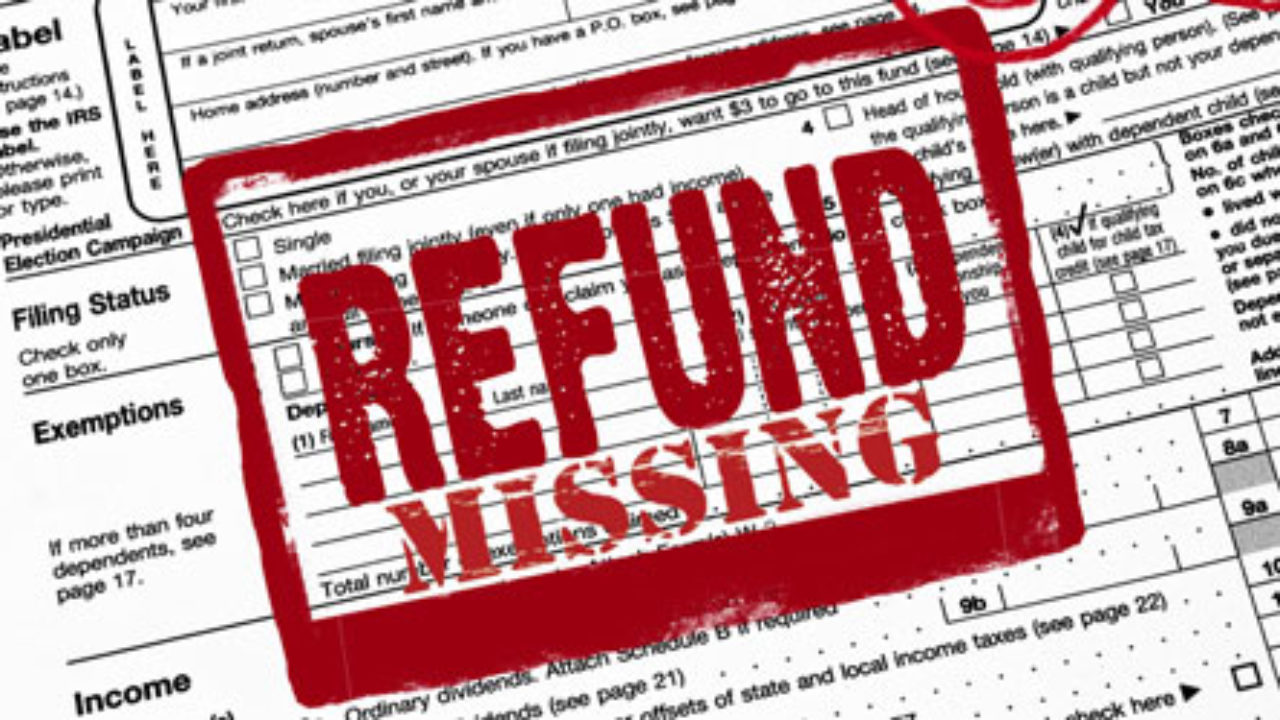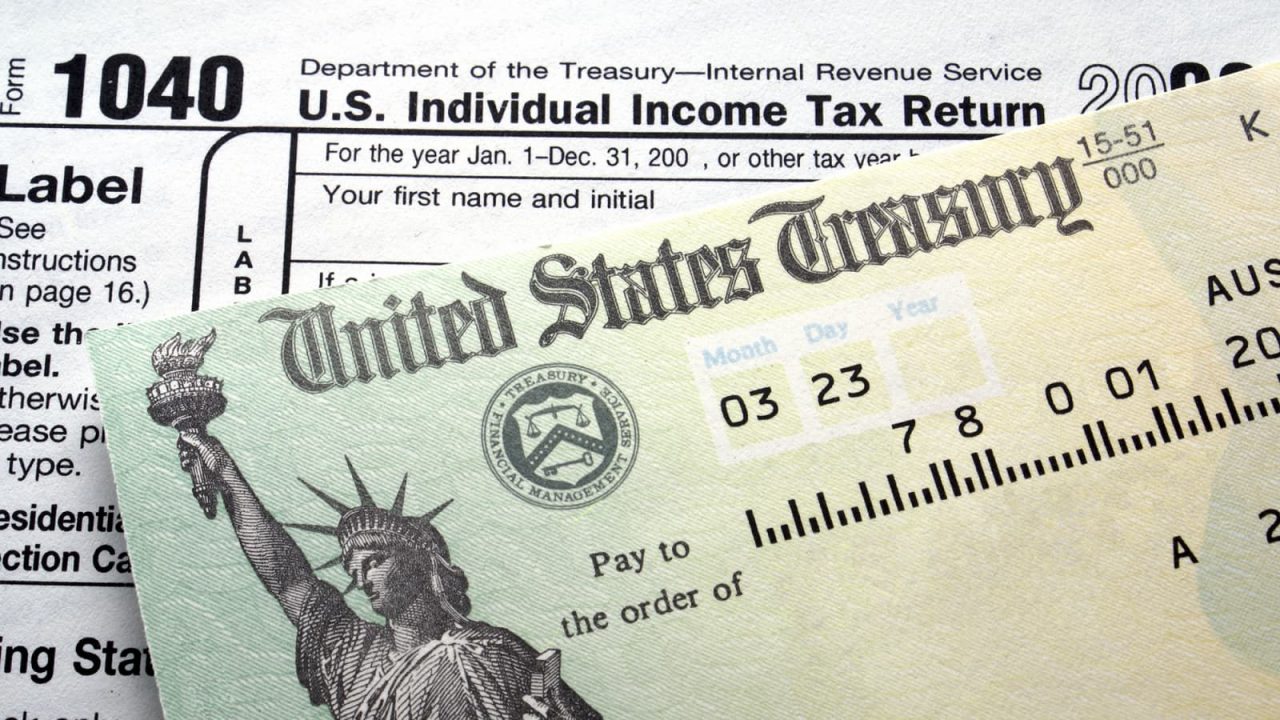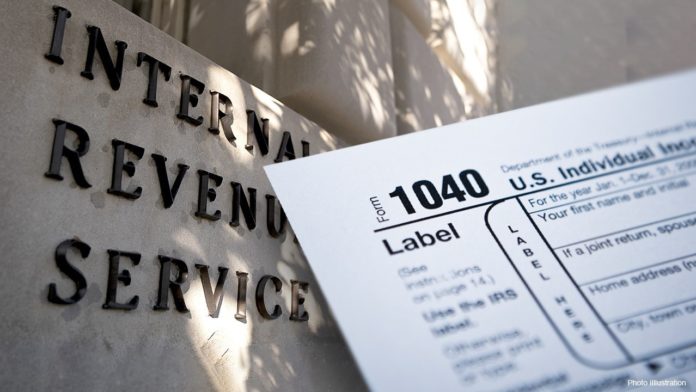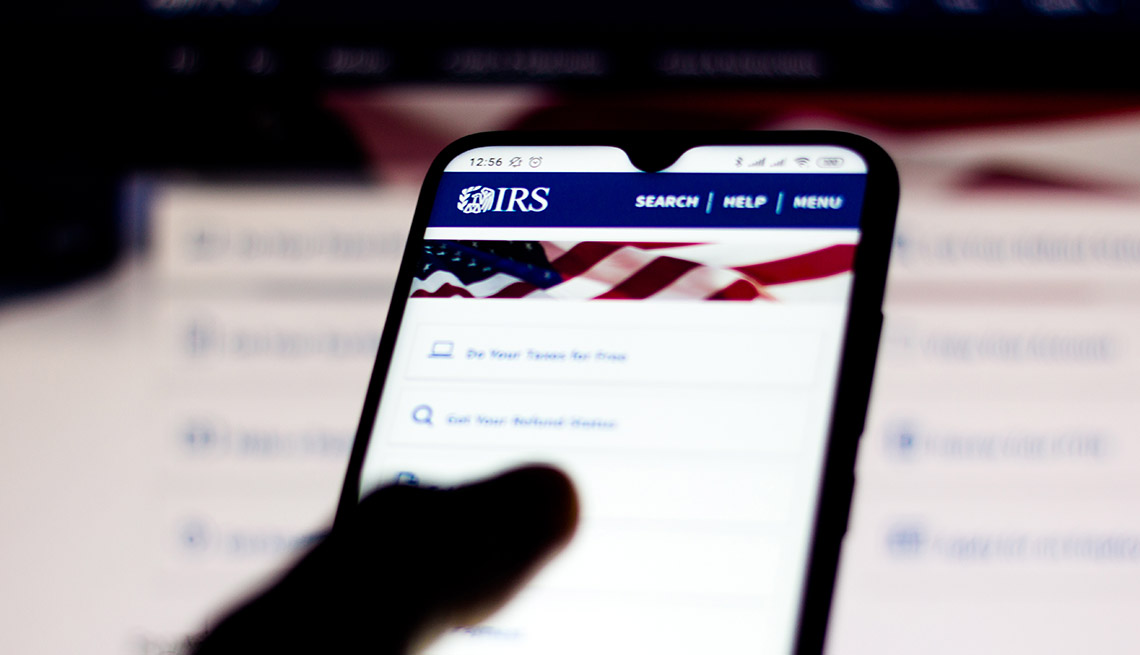The IRS lost my 2020 tax return. Well, according to the notice I got yesterday, the IRS says it “never received” the return. But I’m sticking with “lost.”
Let me explain:
As TaxVox readers may remember, I—and at least 3.4 million other tax filers—got caught in an IRS security trap last year. In a well-intended but remarkably badly designed effort to protect against identity theft, the IRS requires e-filers to report their prior year adjusted gross income (AGI) on their current year return.
In theory, this match would prove that you are you. Or, least, the IRS would know that whoever e-filed this year had access to your last year’s return information.
Sadly, the AGI on my 2019 return didn’t match the number I gave the IRS in 2020. Actually, it did match but the IRS insisted it didn’t.
Beaten by the system
I did not know then, though lots of others did, that there was an easy way to fool the system: just plug in zero for that prior year AGI. Wild guess here, but I imagine identity thieves figured this out too, thus entirely defeating the purpose of the AGI check.
There are two lessons here: 1) I am a really bad hacker and 2) The IRS’s ID protection system only catches computer idiots or honest folks.
I spent days trying to fix this. TurboTax, the software program I used to create my return, was no help. I tried calling the IRS. You know how that turned out.
Next, I tried to sort out the mess by creating an online account at IRS.gov. No luck. The service would not let me set up an account because it could not confirm that my mobile phone number is my mobile phone number. Note to IRS: It is. Really.
Failing all this, I had no choice but to mail my return. This was the last thing I wanted. And the last thing the IRS says it wanted. But it gave me no other options. Since I had a balance due, I also sent a check.
The IRS got the check. In fact, it cashed the check just six days after I mailed it. Very impressive.
The lost tax return
So imagine my surprise when I got a notice eight months later that the IRS “never received” my 2020 Form 1040.
It most likely did receive it, but somehow lost it in the piles of paper returns and other mail that have been waiting to be processed, in some cases for more than a year. Unlike many filers, at least I wasn’t expecting a refund.
Much of this was beyond the agency’s control. It already was short-staffed due to budget cuts. Like almost every employer, it got hammered by pandemic-related absences. And Congress saddled the agency with distributing multiple Economic Impact Payments (aka stimulus checks) and, later, monthly Child Tax Credit payments.
But some of this mess was directly due to bungled systems and poor management. The agency has known for at least five years that its AGI identity check did not work. It knew it was unable to answer phone calls. And it knew its system for confirming identities through mobile phone numbers was a mess. Yet it fixed none of this. And all of these failures drove me and others to do the one thing the IRS was trying to avoid: Stick a return in an envelope and mail it.
What now?
What do I do now? The IRS, as only it can, gave me two choices: Either mail a return to the IRS or mail a copy of the return I already filed. Second note to the IRS: These are sort of the same thing.
Either way, I’m about to add to the agency’s deepening pile of unread mail. For the second time.
Keep in mind that the IRS is starting the current tax season with 9 million unprocessed individual and business returns, another 3 million unprocessed amended returns, and nearly 5 million pieces of correspondence from prior tax years it has not yet addressed. The agency calls this “substantially elevated inventory.” This is something like describing Mt. Everest as a substantially elevated hill.
The IRS is warning taxpayers and Congress that the new filing season is going to be painfully slow. And it is practically begging taxpayers to e-file. Yet it continues to make it unnecessarily difficult to do so. Third note to IRS: If you want people to do something, stop making it hard.
In November, the IRS announced it will try to fix the identification verification problem by requiring online users to sign up with a new system called ID.me. Forgive me if I am skeptical.
Meanwhile, I will trundle off to the post office with yet another copy of my 2020 return. Then I’ll get to work on my tax year 2021 return. And await this year’s Adventures in Tax Filing.
Source: Forbes










